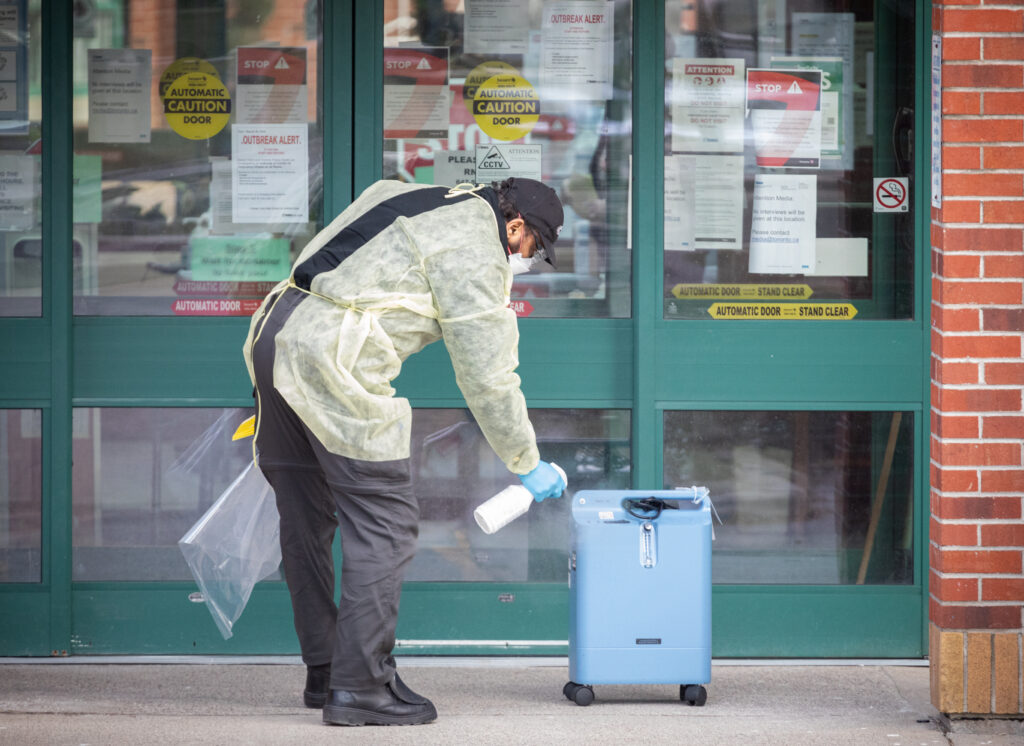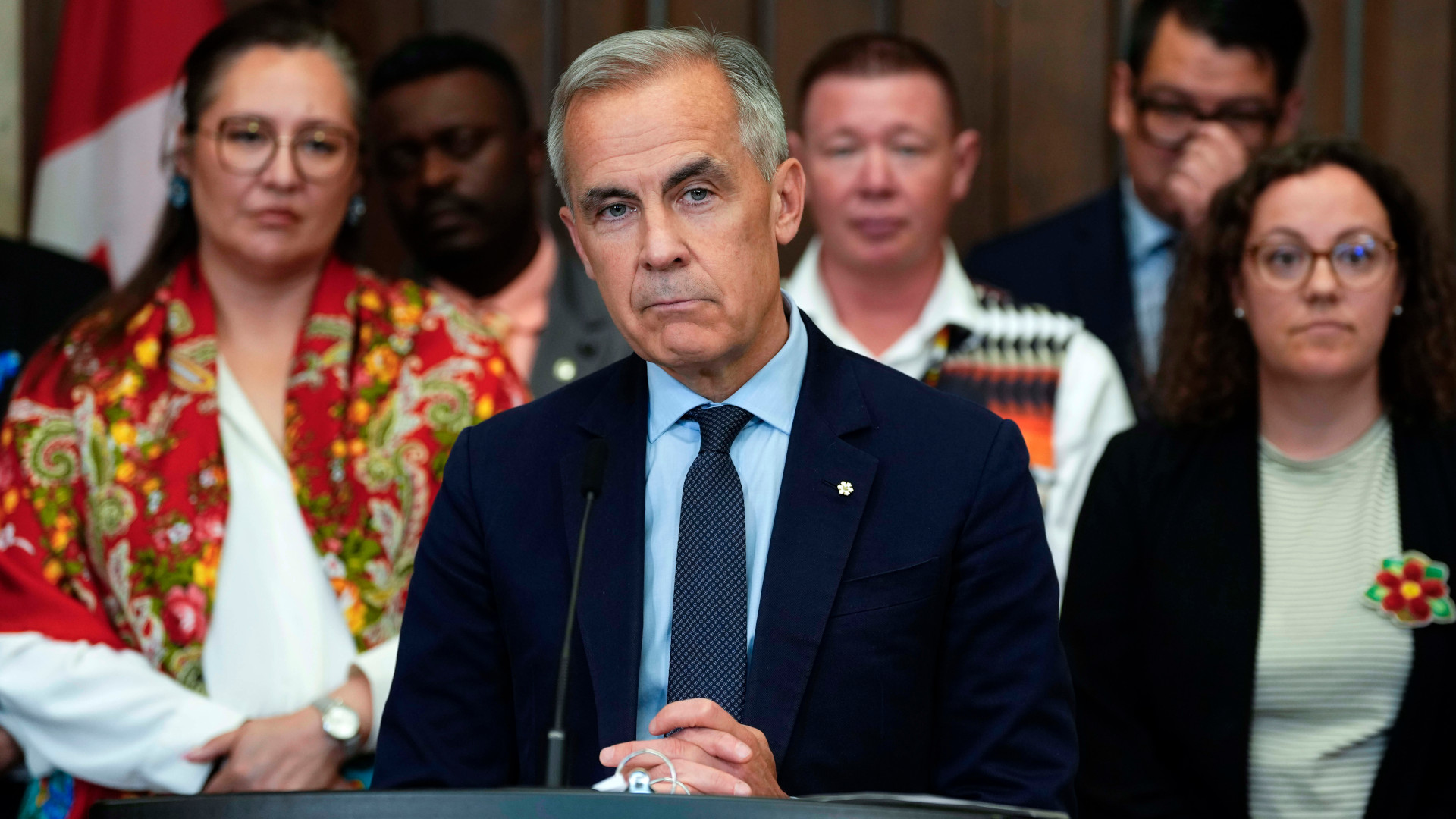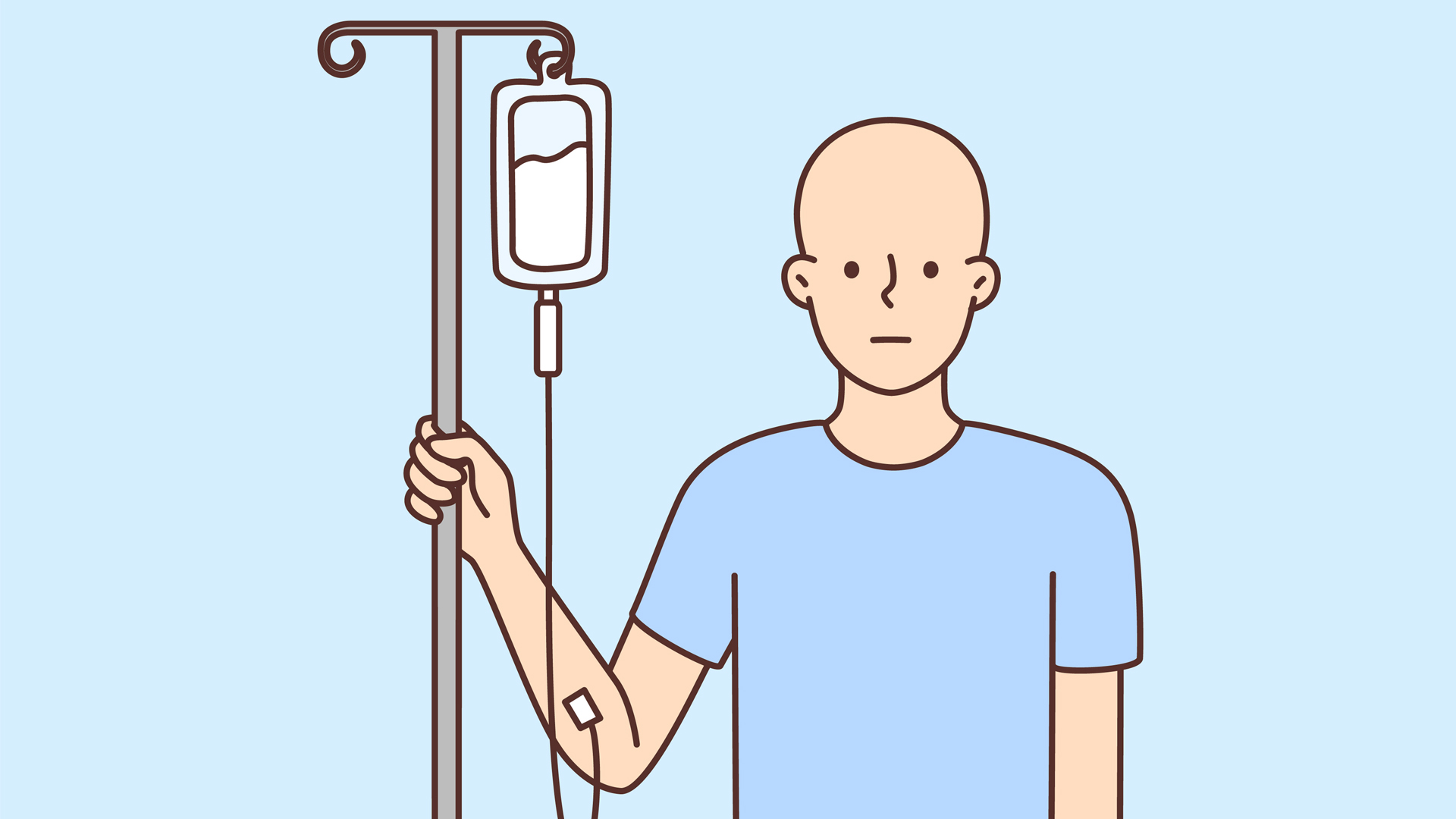
(Version française disponible ici)
I remember well the phone call on the morning of Jan. 25, 2020. Ontario had its first patient with suspected COVID-19. We had been preparing for this for several weeks and had made COVID-19 a reportable disease earlier in the month. I was well-briefed on our overall emergency preparedness and the team was both practiced and experienced in managing the annual flu season, as well as major events such as the Pan Am and Parapan American games. However, no amount of preparation could foreshadow what lay ahead.
We did not understand the depth and duration of the pandemic that was then upon us and how it would challenge the capacity of the people and institutions of government. What started as a health response in early 2020 quickly progressed to become an all-of-government and indeed an all-of-society response within weeks. Now in hindsight, there are important lessons to learn from the pandemic that can inform a new way of looking at health care in Ontario.
Within two days of the first reported case in Ontario, the provincial Ministry of Health activated its emergency response plan, which included ramping up the emergency operations centre and putting into place the decision-making structure known as the health command table, overseeing the health response and providing advice to the minister of health, the cabinet and the premier.
In Ontario, our first efforts were on repatriating Canadians overseas. But that situation changed rapidly and province-wide lockdowns were implemented within weeks. There was imperfect and evolving information, as well as strong and varying views from stakeholders and the public on what should be done. All of that needed to be sorted, and the decision-making cycle shortened from weeks to hours. In those early days, the cabinet met daily.
At the same time, there were daily media briefings along with caucus and stakeholder briefings on the evolving situation and government response. Ontario implemented the Emergency Management and Civil Protection Act 1990 for the first time and the chief medical officer of health issued a series of rarely used directives to help contain the virus.
Public servants and political staff worked without respite to keep up with the need for real-time situation reports and analyses, to support communications efforts, and to oversee and implement response activities. More people were added to the Ministry of Health, along with other core ministries involved in the pandemic response. IT and data professionals in the government and its agencies ramped up their work to improve capabilities. Work that started before the pandemic on supply-chain modernization was refocused and accelerated to deal with shortages of personal protective equipment (PPE) and other supplies.
With the tragic spread of COVID into long-term care homes and other congregate settings, other ministries stepped up and a central co-ordination table chaired by the secretary of the cabinet and the premier’s chief of staff was established to oversee all the moving parts of the response. This added both capacity and complexity to the response and helped resolve grey areas between levels of government, between multiple ministries, and between government and its agencies, as well as between provincial and local actors.
The cadence of federal, provincial and territorial meetings of ministers and deputy ministers of health increased from quarterly to several times a week. In Ontario, Treasury Board increased the Ministry of Health’s spending authority and made itself available around the clock to speed up the purchase of increasingly scarce PPE, and to put new programs and supports on the ground quickly.
As a long-time senior public servant, I had seen big lifts by the public service but never had experienced the complexity and speed of decision-making in the face of an evolving threat. All the possible tools of government were put into play: evidence and policy analysis, spending, communications, legal and regulatory authorities, and purchasing.
In April 2020, the government asked the Dalla Lana School of Public Health to set up a special-purpose science table to help “see around corners” (my words), bringing the best minds in Ontario to the response. The public nature of its advice set up a dynamic between government decision-making and scientific advice, and later between scientific advisory bodies such as the National Advisory Committee on Immunization and the Ontario Science Table on public issues such as the dose interval for the initial vaccine rollout. The focus on the equity dimensions of COVID infection and on the vaccine rollout were hugely effective and continue to shape health system recovery and design.
Government decision-makers had to navigate between diverse and at times divergent sources of advice, including those of stakeholders and the public. The health advice was often at odds with economic advice and the views of businesses in particular. There were also different views within the health community about the balance between preventing infections and problems with mental health that emerged during discussions around issues such as school closures. The decision-makers had to manage the tension between health and economic objectives, as well as competing health objectives.
While this is not necessarily new, the dynamic was different. There was less time for considered reflection, so mistakes were made and decisions were reversed. The expectations and bias for action were strong; plans needed to be made with very imperfect information and then to be changed quickly in response to emerging data.
In the face of this unprecedented pandemic, government institutions largely worked as they are supposed to. That doesn’t mean that every decision was a good one, but by my reckoning the executive branch of government – the cabinet – remained firmly in charge and made all the big decisions, as it should. I would add that given the speed of decision-making, it was hard to construct a full picture of the effects of big decisions including school closures, stay-at-home orders and essential business lists.

Much of the modelling had wide confidence intervals. Predictive analytics and modelling need to improve. The role of science, while essential, was an ingredient but not the only one used to guide decision-making. The public service was reconfigured to optimize capacity. The collaboration between levels of government and between jurisdictions was unprecedented. Mutual aid across jurisdictions was given and received.
But there are lessons from the pandemic that should not be forgotten and need to fully inform a new approach to health. The numbers of deaths in Ontario’s long-term care facilities were tragic and provided further evidence of the poor conditions in many homes. The recommendations of the Long-Term Care COVID-19 Commission addressed issues related to staffing, cross-sectoral collaboration, infection prevention and control, leadership and accountability, and inspections. These should be implemented.
In crisis policy-making for long-term care, families’ and residents’ input must be central
Social determinants of health drove differential outcomes that were measured and made visible during the pandemic at a speed that was able to influence decision-making in real time. For the first time, Ontario collected race-based data. The Ontario Science Table was able to produce clear briefs that showed patterns of COVID-19 infection and vaccine uptake by neighbourhood.
In April 2021, it determined that residents of higher-risk neighbourhoods were least likely to get vaccinated. This was a stark reminder that there is so much more to do to optimize health for all. The response on the ground clearly needed to change to reach residents and essential workers in hot-spot communities.
The strategies used to engage those communities included community ambassadors, mobile teams and pop-up clinics, along with employer clinics, which showed promise in addressing other health issues and in reducing long-standing inequities.
In government, breaking down silos and working across ministries produced extraordinary impacts. There are lessons here as well not only for health but for other complex and far-reaching policy issues such as climate change and housing affordability.
This article is part of the Resilient Institutions: Learning from Canada’s COVID-19 Pandemic special feature series.









